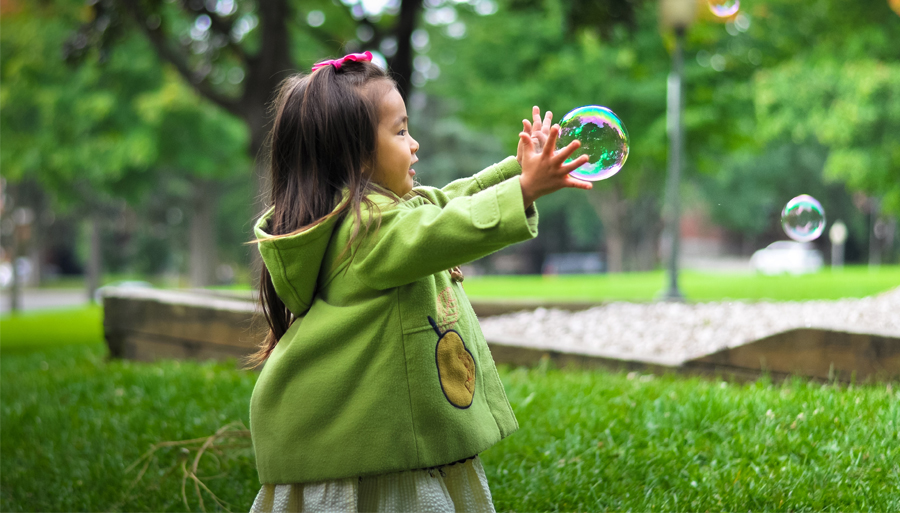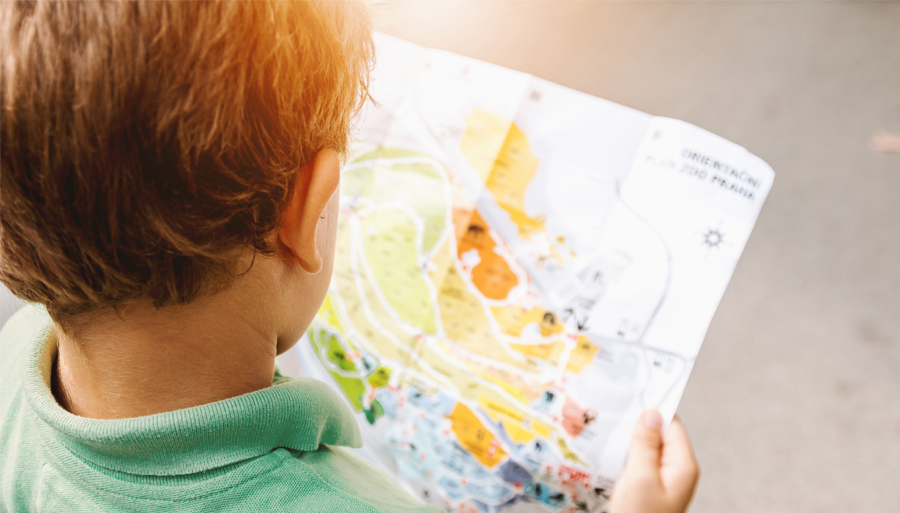Art and Design
Art and Design at Harris
At Harris Primary School, our aim is for every child to become creative artists and designers who experiment, invent and create their own work inspired by the artists, craft makers and designers we study.
We want pupils to know, apply and understand artistic skills including how art and design both reflect and shape our history and contribute to the culture, creativity and wealth of our nation.
At Harris, we believe that a high-quality art and design education engages, inspires and challenges our pupils, which equips them with the knowledge, and skills to experiment, invent and create their own works of art, craft and design. As our pupils progress, they will be able to think critically and develop a more rigorous understanding of art and design. Our pupils will also know how art and design both reflect and shape our history, and contribute to the culture, creativity and wealth of our nation.
How we do this
We want pupils at Harris to recognise that Art and Design embodies some of the highest forms of creativity. Our Art and Design curriculum follows the National Curriculum whilst studying a diverse range of artists, craft makers and designers. In addition, it includes specific skills from the Lancashire Key Learning in Art and Design scheme, ensuring that knowledge and skills builds year on year and is progressive. Teachers know pupils’ starting points for each topic, and we make sure to recap these before moving on. We want all our pupils to access learning through practical work, observation and reflection.
Each unit begins with children asking questions about the artist, craft maker or designer they will be studying. From here, children learn about their focused artist including; key knowledge, vocabulary, style, medium and analysing examples of their work. Our children are then able to experiment using materials and techniques similar to the artist they are studying. Building on from the experimenting phase, children then produce a final piece of artwork in a similar style to the artist, craft maker or designer. Throughout the whole unit, children are repeatedly encouraged to discuss, self and peer assess and evaluate their artwork by identifying what went well and improvements. All our pupils from Early Years Foundation Stage to Year 6 have their own sketchbooks personal to them, which moves up with them year by year. Throughout each topic, we also use questioning to ensure that learning is secure, and over the year pupils are continually questioned about the work in their sketchbooks so that learning is not lost. We call this ‘sticky learning’.
Art and Design Enquire
Throughout each unit, pupils work creatively by:
Knowing about great artists, craft makers and designers.
Understanding the historical and cultural development of their forms.
Producing creative work, exploring their ideas and recording their experiences.
Becoming proficient in drawing, painting, sculpture and other art, craft and design techniques.
Evaluating and develop their work.
Evaluating and analyse creative works using language of art, craft and design.
Oracy
Art and Design plays an important role in developing children’s oracy skills. Art lessons give our children rich opportunities to talk, listen and share ideas in meaningful ways. When children discuss their artwork, explain their creative choices or offer feedback to others, they build in confidence in speaking and learn to communicate clearly.
Assessment and feedback
Planned progression allows teachers to know what knowledge pupils should have prior to each topic. This prior knowledge should be the starting point for any new learning. It ensures that pupils are building on solid foundations and that any misconceptions or gaps can be addressed before moving on.
Due to the systems we have in place, where children are questioned about their learning over the course of the topic and throughout the year, we minimise the chance of these gaps occurring. This formative assessment is the main way in which we assess children and adapt teaching or intervene accordingly. We formalise this using an online assessment tool, which informs our end-of-year summative assessment.




